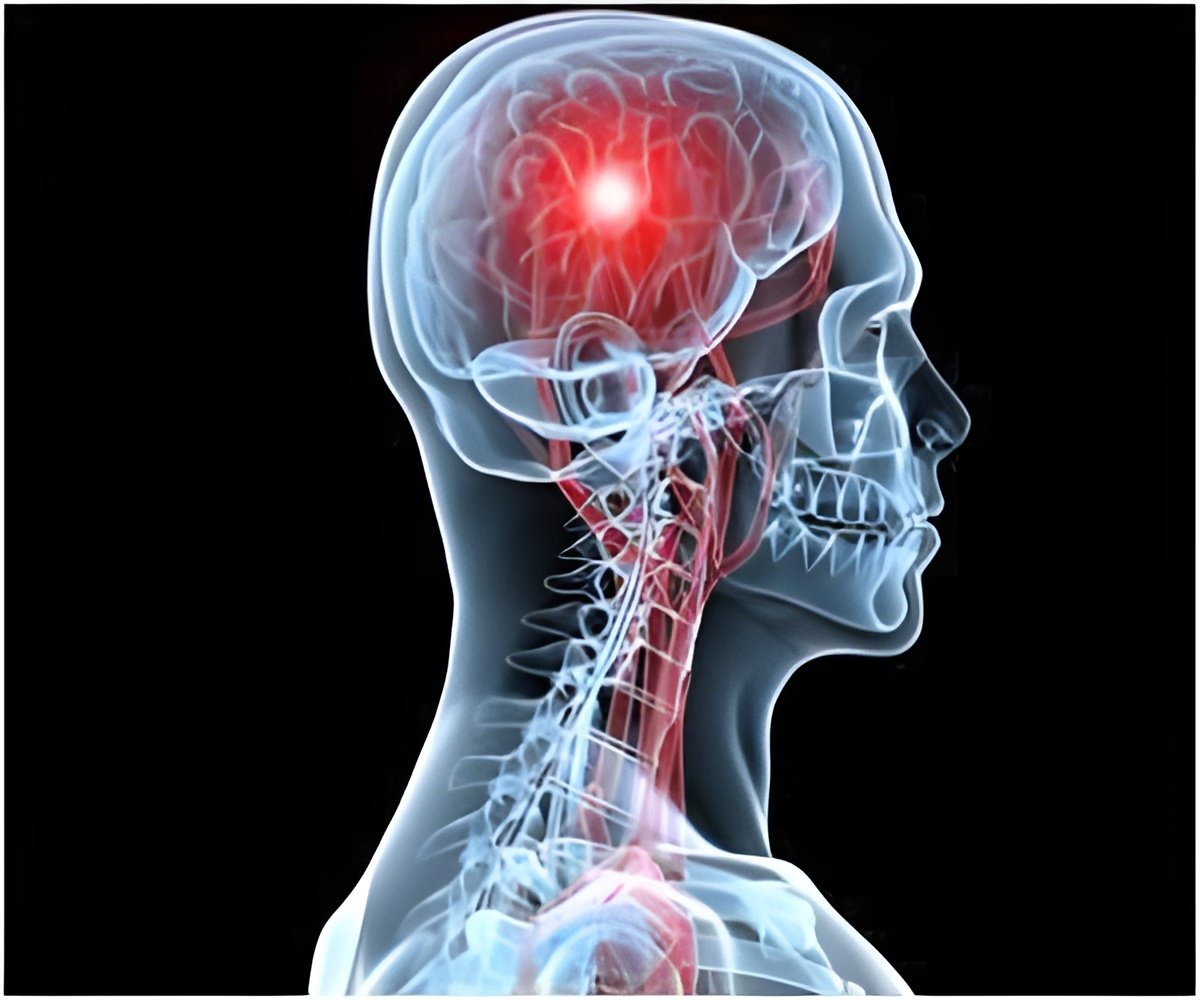
“EEG involves the recording of spontaneous electrical activity from the brain, in response to sight, sound, touch, movement and smell, which is transmitted by multiple electrodes placed on an individual’s scalp,” Associate Professor Tan said.
“Using this as a BCI means, we are connecting this neurological activity to a computer interface, allowing us to control a computer program or external device through these neurological responses.”
Associate Professor Tan said using BCI technology in this way meant his research could be tailored to study human perception as a way to provide physical and neurological rehabilitation.
“One of the strengths of BCI is that it can be used to quantify a person’s neurological response and how well or poorly they have responded to stimuli, which can tell us quite a lot about their condition,” he said.
“For example, we have used BCI to measure visual target spotting, which can provide measureable evidence as to whether using the latest in 3D visualisation technology can help image interpreters perform better at their jobs.
Advertisement
Associate Professor Tan said BCI was a multi-disciplinary field involving contributions from a range of disciplines, including engineering, computing, neuroscience, psychology and occupational therapy.
Advertisement
“The problem with machine-centred models is that they are designed to largely ignore the human elements in a decision making process and I wanted to pursue research which included ways of quantifying human perception and experience.”
In 2009, Associate Professor Tan set up the Studio for Experiential Sensing and Virtual Environment to promote BCI research activity in Western Australia. Most recently, Associate Professor Tan and Professor Torbjorn Falkmer, of Curtin’s School of Occupational Therapy and Social Work, have initiated a project aimed at studying the physiological and neurological patterns of people performing facial recognition functions.
Curtin University has established a research partnership with the Brain Computer Interface Laboratory at the Institute for Infocomm Research, Singapore. This research collaboration involves the study of ocular artefact available from EEG signals and using it as a BCI. Associate Professor Tan supervises two Curtin PhD students working on this program.
Source-Medindia









